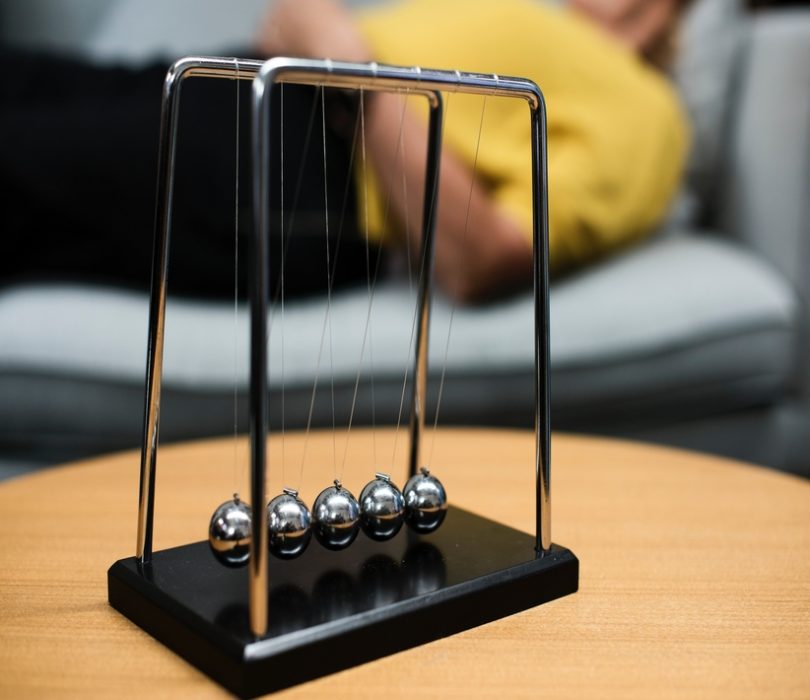 What is Cognitive Behavioral Therapy?
What is Cognitive Behavioral Therapy?
There are a bunch of fancy medical definitions of Cognitive Behavioral Therapy or ‘CBT’. They say it is a psycho-social intervention that aims to improve mental health. But if your like me your response to that is… say what?
Basically, CBT is an umbrella term for interventions or treatments for a slew of disorders from anxiety, ADHD, tics, impulse control problems like anger difficulties, obsessive compulsivity, sleep disorders, obsessive-compulsive disorders, addiction and PTSD. CBT focuses on cognition (the way people think) and behavior (the way they act). Even if your kid doesn’t have a disorder they can still benefit from CBT. All children (& adults) can benefit because it means being aware of your thoughts, your actions and how they influence each other. CBT has been shown to help with stress, fear, low self-esteem and emotional issues.
CBT is about creating awareness in children of what they are feeling. Through teaching children about their emotions and helping them understand their feelings, children are able to put it more into perspective. Once they have ‘cognition’ or awareness of their behaviors they can learn how to modify them. There are many ways CBT can be practiced to modify behaviors, but they all center around the idea that our thoughts affect, and sometimes control what we feel and how we behave. Since we control our thoughts, we can control our behavior.
One important thing to note about CBT is that it has been show to be an effective and cost-effective treatment of mental disorders and with cases of anxiety and depression it has been proven to be as good as or better than medication as a treatment. They have also seen a decrease in relapses when CBT was used.
How does CBT actually work?
At the core of CBT is to replace your negative and dysfunctional thought patterns with functional positive patterns that enable you to complete whatever task you are attempting. No matter what format of CBT is practiced they all require practice, awareness and the continued effort to battle negative thoughts. These coping mechanisms are similar to techniques used with mood disorders to change behavioral patterns and manage expectations and emotions.
But how does it really work with kids?
CBT is a problem focused therapy. You look at a particular problem that your child is struggling with and help them figure out what they are having a problem with exactly and then help them figure out ways they can change their behavior.
 For example, my son would always act out at events or outings. I kept watching him before during and after events. At first, I thought he was getting over stimulated and getting super hyper. I realized he wasn’t acting out due to his ADHD, but was having anxiety about the upcoming activity. With his low self-confidence he thought he would always mess up something or have people not like him, so he would act out doing silly stuff because he thought it would get people to like him. We sat together and looked at what happened, what he was doing and talked about all the reasons why it was happening. I’d like to say this was easy, but that’s not the case. I was trying to get my son when he was 6, 7, or even 11-year-old to understand what was happening on an adult level. It didn’t happen overnight either. It took a lot of work at first just to help him realize what he was feeling (happy, sad, frustrated, angry, tired, etc.) and later we moved into why he was feeling those things. Moving onto showing him how his feelings were making him act certain ways was a whole other task.
For example, my son would always act out at events or outings. I kept watching him before during and after events. At first, I thought he was getting over stimulated and getting super hyper. I realized he wasn’t acting out due to his ADHD, but was having anxiety about the upcoming activity. With his low self-confidence he thought he would always mess up something or have people not like him, so he would act out doing silly stuff because he thought it would get people to like him. We sat together and looked at what happened, what he was doing and talked about all the reasons why it was happening. I’d like to say this was easy, but that’s not the case. I was trying to get my son when he was 6, 7, or even 11-year-old to understand what was happening on an adult level. It didn’t happen overnight either. It took a lot of work at first just to help him realize what he was feeling (happy, sad, frustrated, angry, tired, etc.) and later we moved into why he was feeling those things. Moving onto showing him how his feelings were making him act certain ways was a whole other task.
If you are a mother of an ADHD kid, you are probably sitting there thinking, yeah right! That would never work for my kid. It’s true it isn’t always easy to get your child, or really any child to sit down and reflect back on things that happened, after the fact. All kids, but especially ADHD kids live in the moment, it’s one of the great things about them. However, if you have patience you will see the benefits to your hard work as your child becomes an aware mindful person who can understand and rationalize why and what they are feeling. It won’t always be easy… sometimes you’ll just say F-it it’s too hard. But you can do it.
One of the added bonuses of using Cognitive Behavior Therapy to help your child become aware of their thoughts, feelings and actions is that you will find that you are also becoming aware of your own thoughts, feelings and actions and how they are tied together.
Check out this post about some specific tips and tricks you can use.








